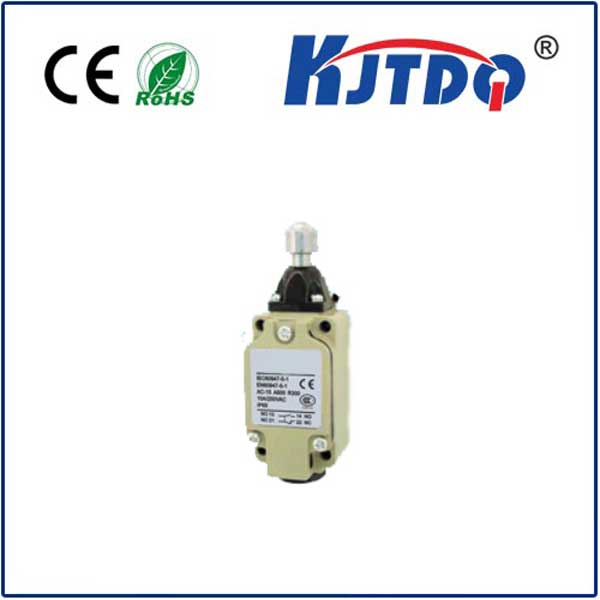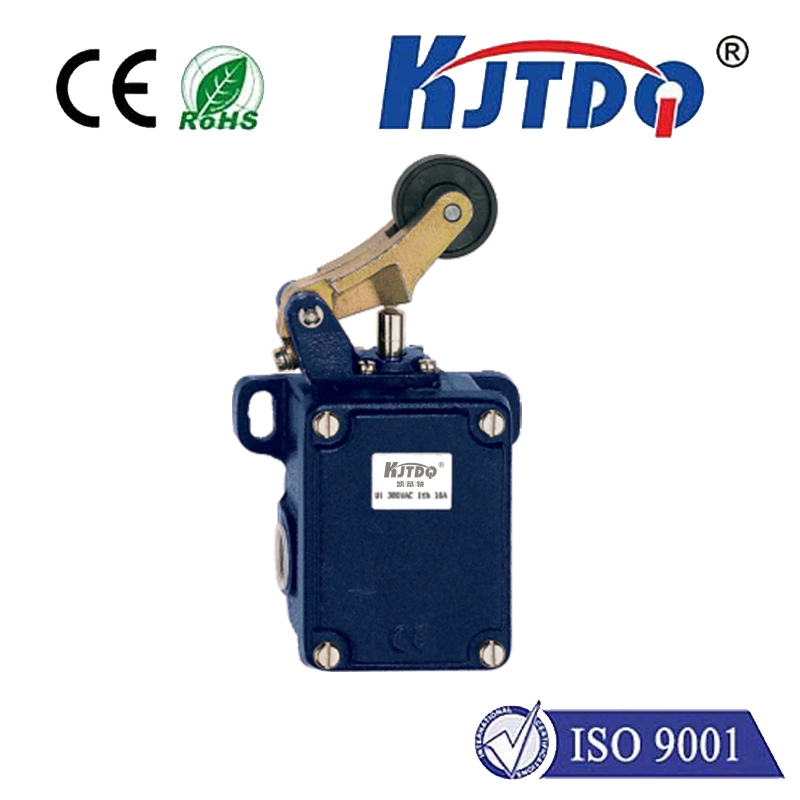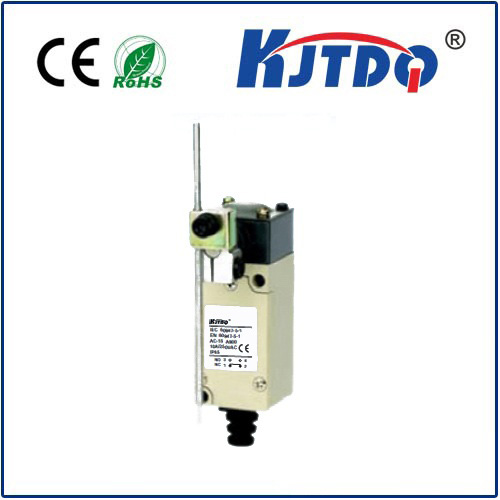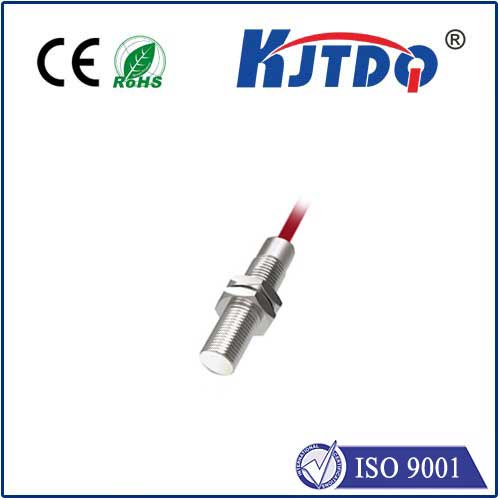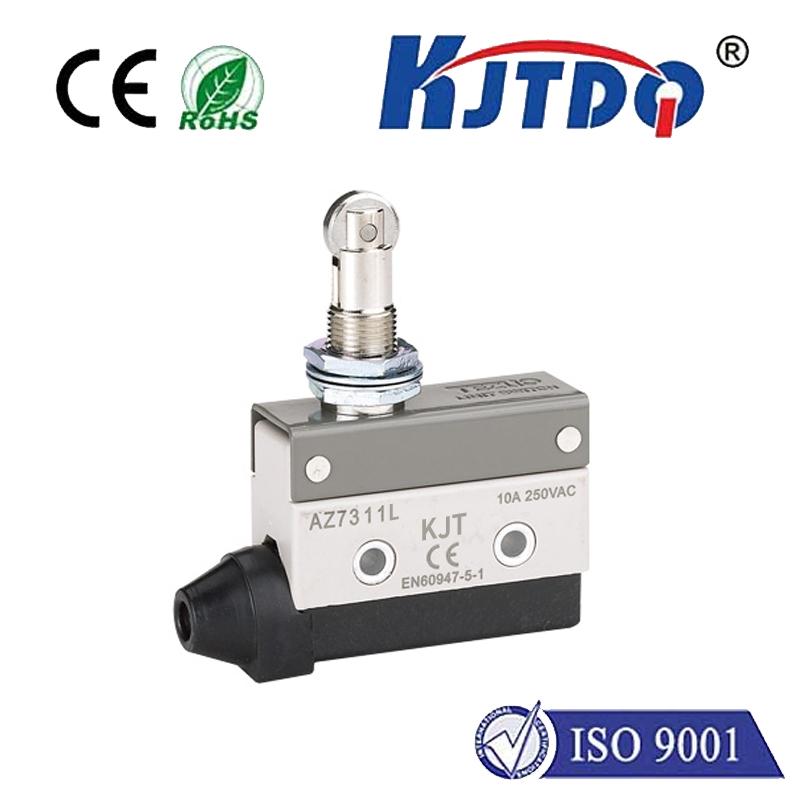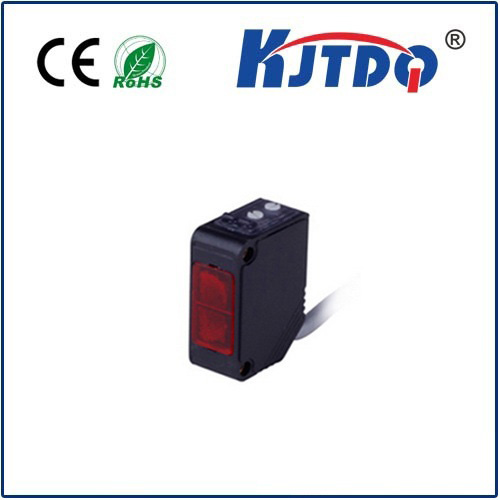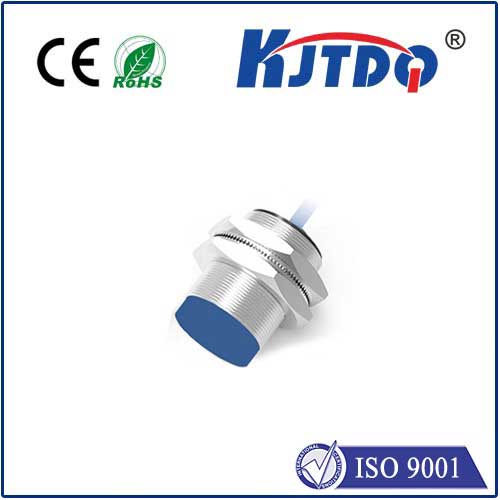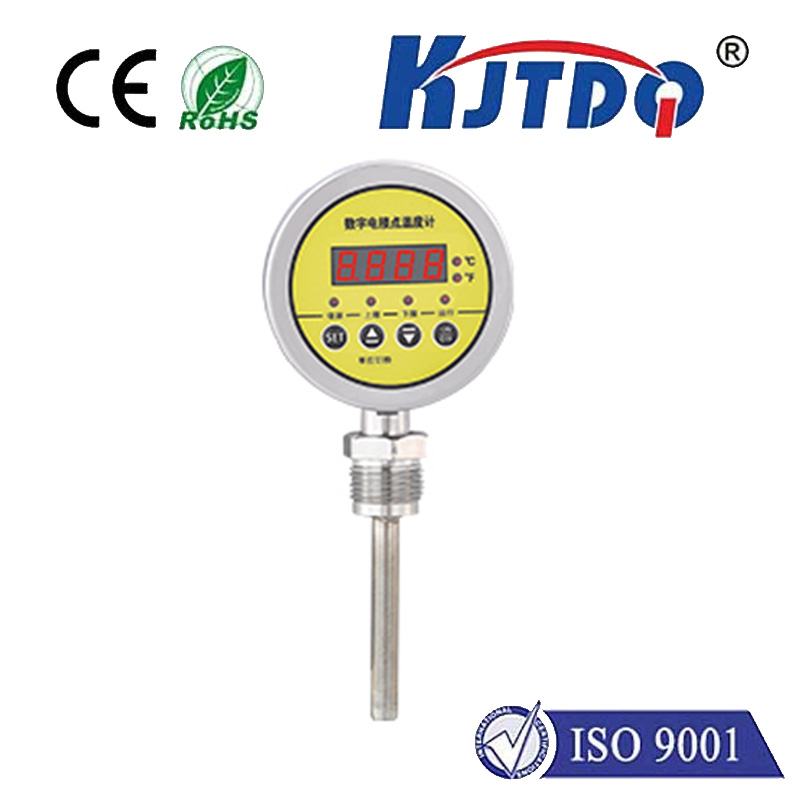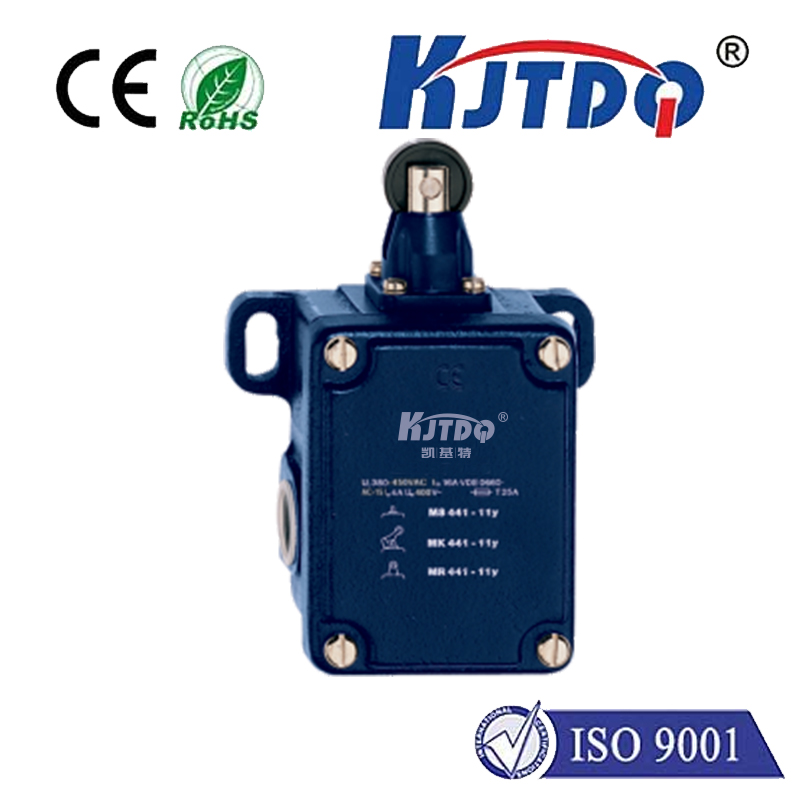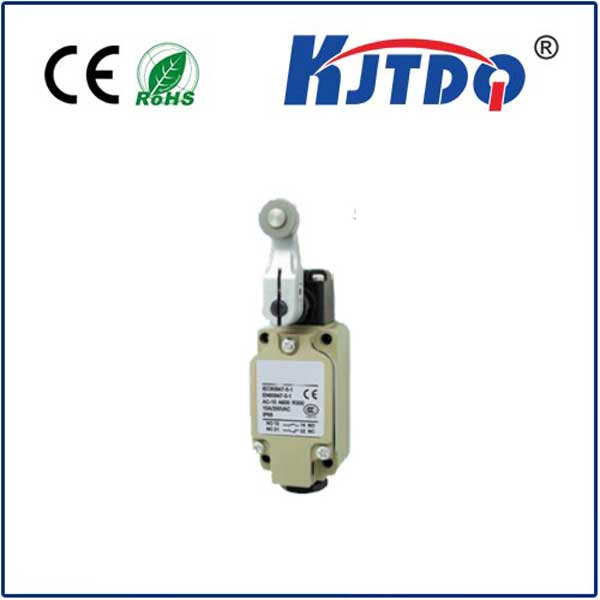proximity probes vibration measurement
- time:2024-11-10 01:26:48
- Click:0

Harnessing Proximity Probes for Vibration Measurement: A Comprehensive Guide
In the realm of precision engineering and predictive maintenance, vibration measurement stands as a cornerstone technology. The ability to accurately monitor and analyze mechanical vibrations not only ensures equipment reliability but also contributes to early fault detection, thereby minimizing downtime and reducing maintenance costs. Among the myriad of sensor technologies available, proximity probes have emerged as a popular choice due to their non-contact nature, high sensitivity, and versatility in various industrial applications. This article delves into the intricacies of proximity probes for vibration measurement, exploring their functionality, benefits, and best practices for implementation.
Understanding Proximity Probes: Mechanism and Operation
Proximity probes operate on the principle of electromagnetic induction or capacitive coupling, enabling them to detect the distance between the probe face and a conductive or dielectric target surface without physical contact. These devices consist of a sensing element that generates an electrical signal proportional to the gap size, which is then converted into a readable output by the associated electronics. In the context of vibration measurement, proximity probes are strategically placed near rotating machinery components such as shafts, bearings, or gears. As these components vibrate, the distance to the probe fluctuates, generating a corresponding electrical signal that precisely reflects the motion characteristics.
Advantages of Using Proximity Probes for Vibration Measurement
- Non-Contact Measurement: Unlike accelerometers or other contact-based sensors, proximity probes do not require attachment to the moving part, eliminating concerns about mass loading effects that could alter vibration patterns.
- High Sensitivity and Resolution: They offer exceptional sensitivity to minute changes in distance, allowing for precise monitoring even at low amplitude vibrations or slow speeds.
- Versatility: Suitable for a wide range of materials (both metallic and non-metallic), temperatures, and environmental conditions, making them adaptable to diverse industrial settings.
- Early Fault Detection: By continuously monitoring vibration signatures, proximity probes facilitate early identification of wear, misalignment, imbalance, or other potential issues before they escalate into costly failures.
- Easy Integration: Compatible with most condition monitoring systems, enabling seamless data acquisition and analysis for proactive maintenance strategies.
Best Practices for Implementing Proximity Probes
To maximize the efficacy of proximity probes in vibration measurement, adherence to certain installation and operational guidelines is crucial:
- Proper Placement: Position the probe perpendicularly to the target surface at an optimal distance recommended by the manufacturer, usually within a few millimeters. Ensure it’s securely mounted to avoid any relative motion between the probe and its housing.
- Avoid Interference: Minimize electromagnetic interference from nearby equipment or power lines. Use shielded cables and consider grounding strategies if necessary.
- Calibration: Regularly calibrate the system to maintain accuracy, especially after any major repairs or modifications to the monitored machinery.
- Data Analysis: Employ advanced signal processing techniques like Fast Fourier Transform (FFT) analysis to interpret vibration data effectively. Pay attention to trends over time rather than isolated readings.
Conclusion
The integration of proximity probes into vibration measurement systems presents a powerful tool for enhancing predictive maintenance capabilities and ensuring operational efficiency across industries. Their non-contact nature, coupled with high sensitivity and adaptability, make them an invaluable asset in safeguarding critical machinery health. By following best practices in deployment and analysis, proximity probes can unlock new levels of performance optimization and risk mitigation, ultimately fostering a more reliable and cost-effective industrial environment.





